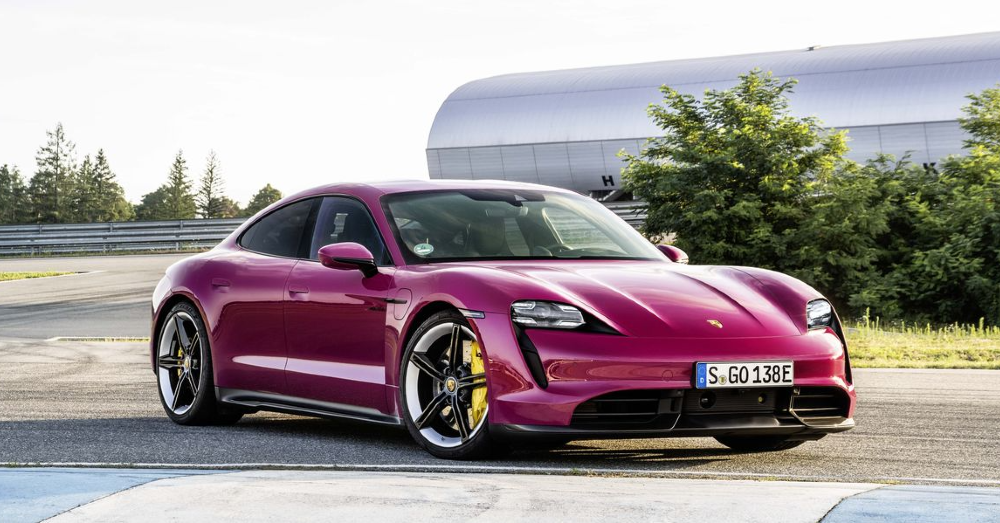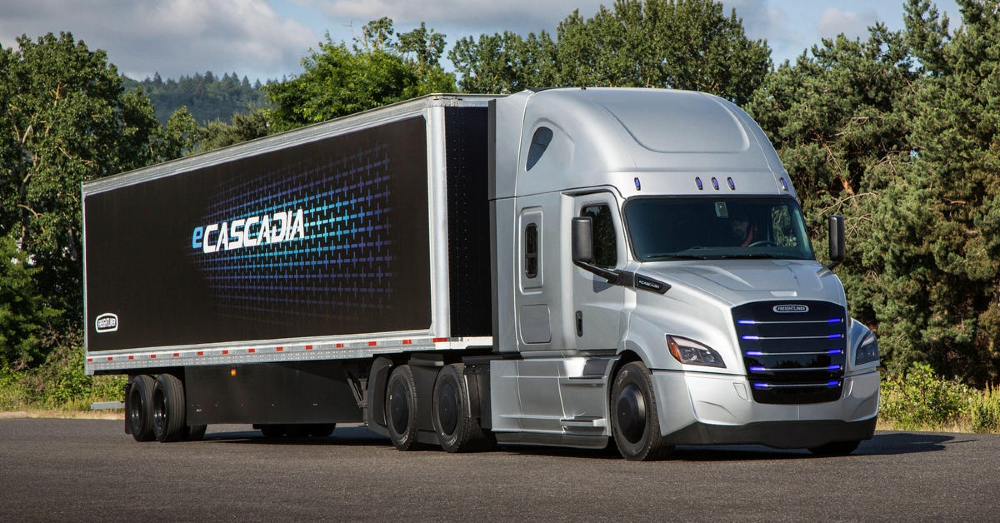EVs have been around for a while now, and have been evolving and changing. The current models offer more range, advanced technology, and shorter charging times.
Just like the EVs, charging technology is always changing and getting better. Having a battery instead of a combustion engine is just one of the electric vehicle benefits. So, what’s next for EV charging?
Faster Charging Times
One thing that may be preventing some drivers from getting an EV is the time it takes to charge the battery. If you don’t go far, this is not a problem; you can charge overnight and get to where you need to go during the day. But what about when you are on a trip, and the battery starts to run low? Who has time to sit at a charger for half an hour?
Battery development is changing to make charging faster. One company, StoreDot, is working to replace the graphite in batteries with silicon particles. This, along with some other changes, will allow an EV battery to reach 80% in under 10 minutes.
One Plug Fits All
Ford recently announced that it was moving from its current charging platform to the one used by Tesla. This means that all the Ford EVs, including the F-150 Lightning, Mach-E, and future models, will be compatible with the Tesla Supercharger network. General Motors has also announced that they are making the switch, along with Honda, Hyundai, and BMW.
Wireless Charging
We can do it with our phones, so why not do it with our EV? What if you could just back up to a charger and start charging? No more taking a cable out and plugging it in. Well, it’s coming. Companies such as WiTricity are developing a system that hooks up to a local power supply and uses a conduit to run from a power box to a charging pad. When the EV parks over the pad, it starts charging. In the future, these could be set in city streets, parking lots, and at home, so you can charge as you go throughout the day.
Renewable Electric Power
The electricity used to charge EVs comes from fossil fuels. It will most likely always use some fossil fuels, but the goal is to move some of this to renewable sources. Some companies are working on developing wind turbines to provide electricity for charging EV batteries.
Vehicle-to-Grid
We know that charging an EV draws power from the grid, but in the future, they might give it back, too. Right now, when an EV charger converts the AC or alternating current to direct current, or DC. Vehicle-to-grid technology is an emerging technology that allows a charger to convert power back from DC to AC.
We can look at this as one of the electric vehicle benefits, because it could turn all the EVs on the road into a mobile battery for the grid. If it’s plugged into a V2G charger, once the battery is full, as long as it’s still plugged in, when there’s s demand for power, the battery can be used to grab energy.
This post may contain affiliate links. Meaning a commission is given should you decide to make a purchase through these links, at no cost to you. All products shown are researched and tested to give an accurate review for you.




